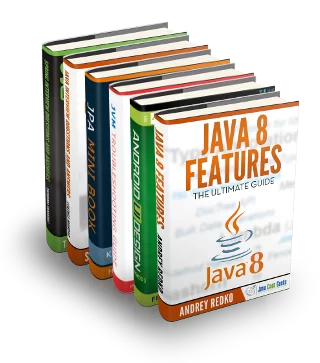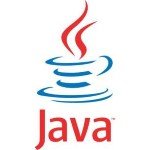-
Enterprise Java

Optimizing Spring WebFlux Logging with Zalando Logbook and ELK
In modern microservice architectures, effective logging and observability are crucial for monitoring and troubleshooting distributed systems. With the rise of…
Read More » -
Software Development

Window functions in Database
Window functions in PostgreSQL allow us to perform calculations across a set of table rows that are related to the…
Read More » -
Core Java

Fixing ClassCastException: java.math.BigInteger cannot be cast to java.lang.Integer
The ClassCastException occurs when Java attempts to cast an object of one type to another, incompatible type. One common occurrence…
Read More » -
Software Development

Data Pipeline vs. ETL Pipeline: Key Differences and Use Cases
In the world of data engineering, understanding the nuances between data pipelines and ETL (Extract, Transform, Load) pipelines is crucial…
Read More » -
JavaScript

A Deep Dive into bind, apply, and call in JavaScript
In JavaScript, functions are first-class objects, which means they can be treated like any other value. This makes it possible…
Read More » -
Enterprise Java

Effective Exception Logging Strategies in Spring Boot
Effective exception logging is a critical aspect of building robust Spring Boot applications. As applications grow in complexity, managing errors…
Read More » -
Enterprise Java

Fixing Spring Boot H2 Exception: “Schema not found”
The H2 “Schema Not Found” exception is a common issue that occurs when using Spring Boot with an H2 in-memory…
Read More » -
Software Development

Database stored proc and triggers
When working with databases, stored procedures, and triggers are powerful tools that allow developers to automate and streamline data operations.…
Read More »








